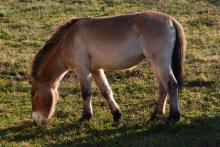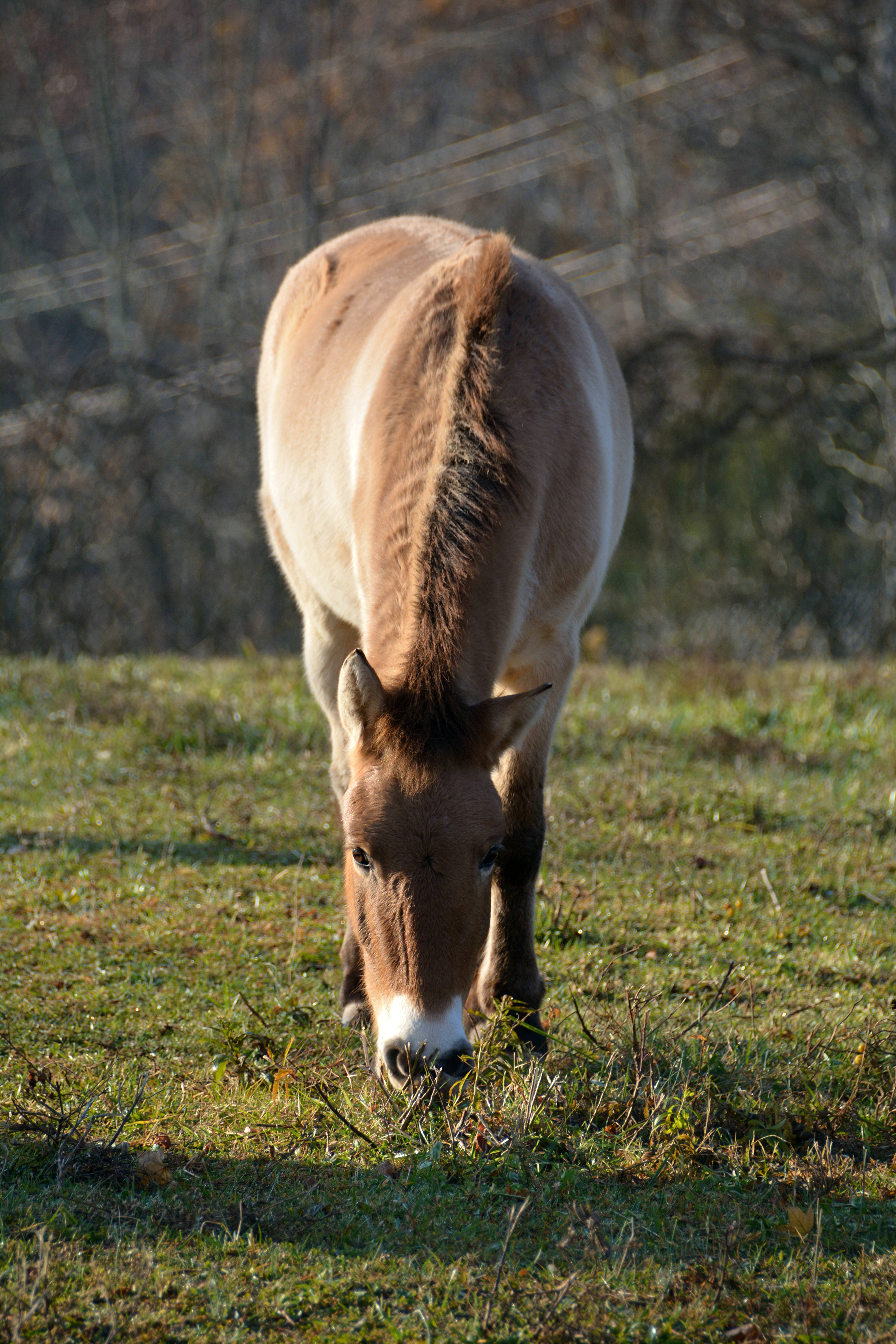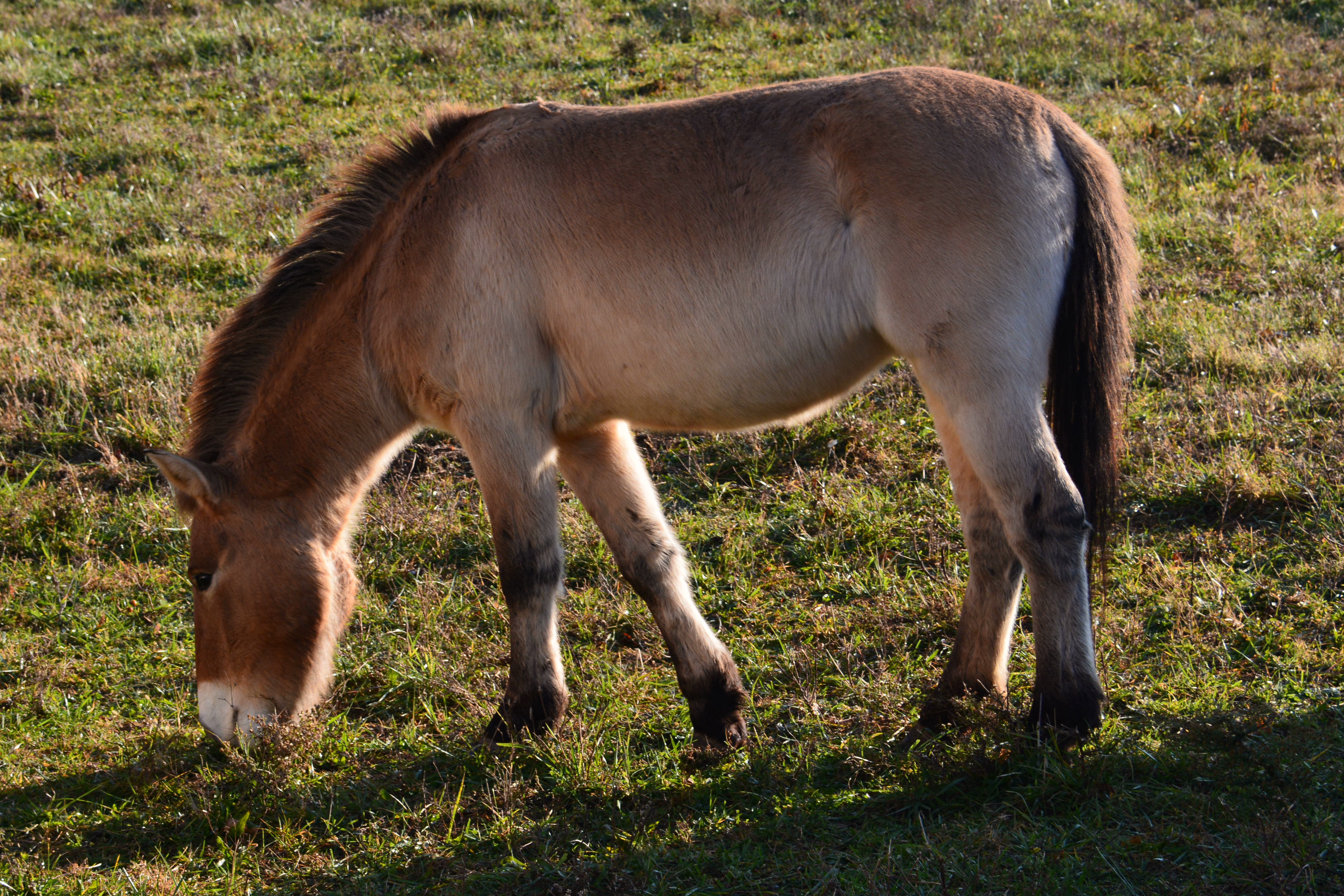First Wild Horse Born From Artificial Insemination Moving From the Smithsonian Conservation Biology Institute
The first Przewalski’s (cha-VAL-skee) horse born from artificial insemination moved from the Smithsonian Conservation Biology Institute (SCBI) to the Dakota Zoo in Bismarck, N.D., today, Nov. 21. The move is based on a breeding recommendation. The mare, Christine, was born July 27, 2013, and her birth signaled a huge breakthrough for the survival of her species. One of SCBI’s reproductive physiologists, Budhan Pukazhenthi, and experts at The Wilds and Auburn University in Alabama spent seven years perfecting artificial insemination in Przewalski’s horses.
The Przewalski’s horse is the last wild horse species on the planet. It is listed as “endangered” by the International Union for Conservation of Nature and was once listed as “extinct in the wild.” All of the approximately 1,900 Przewalski’s horses living today are descended from 14 individuals.
Artificial insemination is one tool that helps scientists preserve genetic diversity in the population in addition to breeding recommendations from the Species Survival Plan. The assisted breeding technique does not require males and females to be together for a successful mating.
Przewalski’s horses have been reintroduced to Mongolia, China and Kazakhstan. SCBI ecologists are monitoring eight groups of Przewalski’s horses in Mongolia to learn more about their movement and behavior.
Image Gallery




